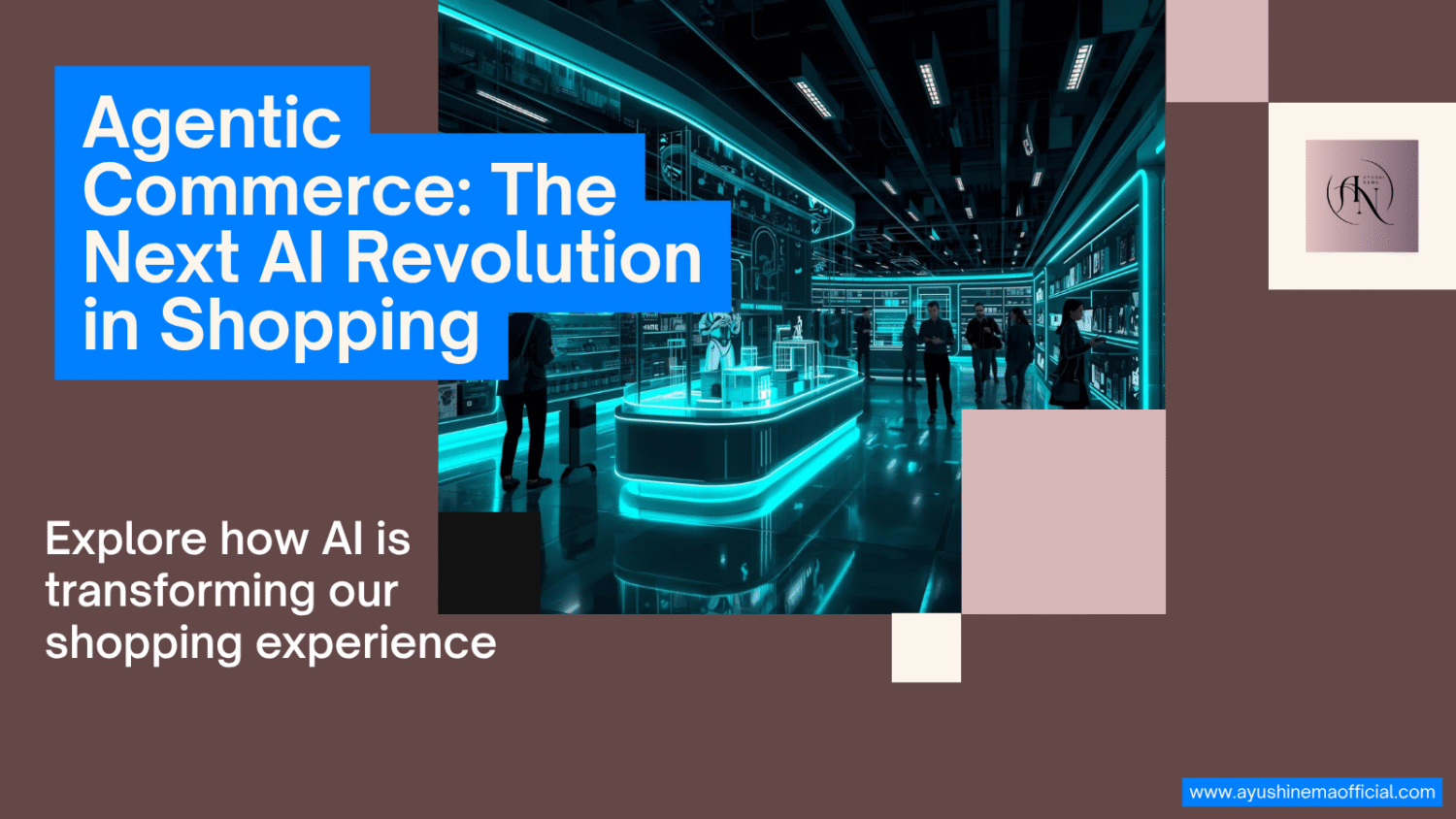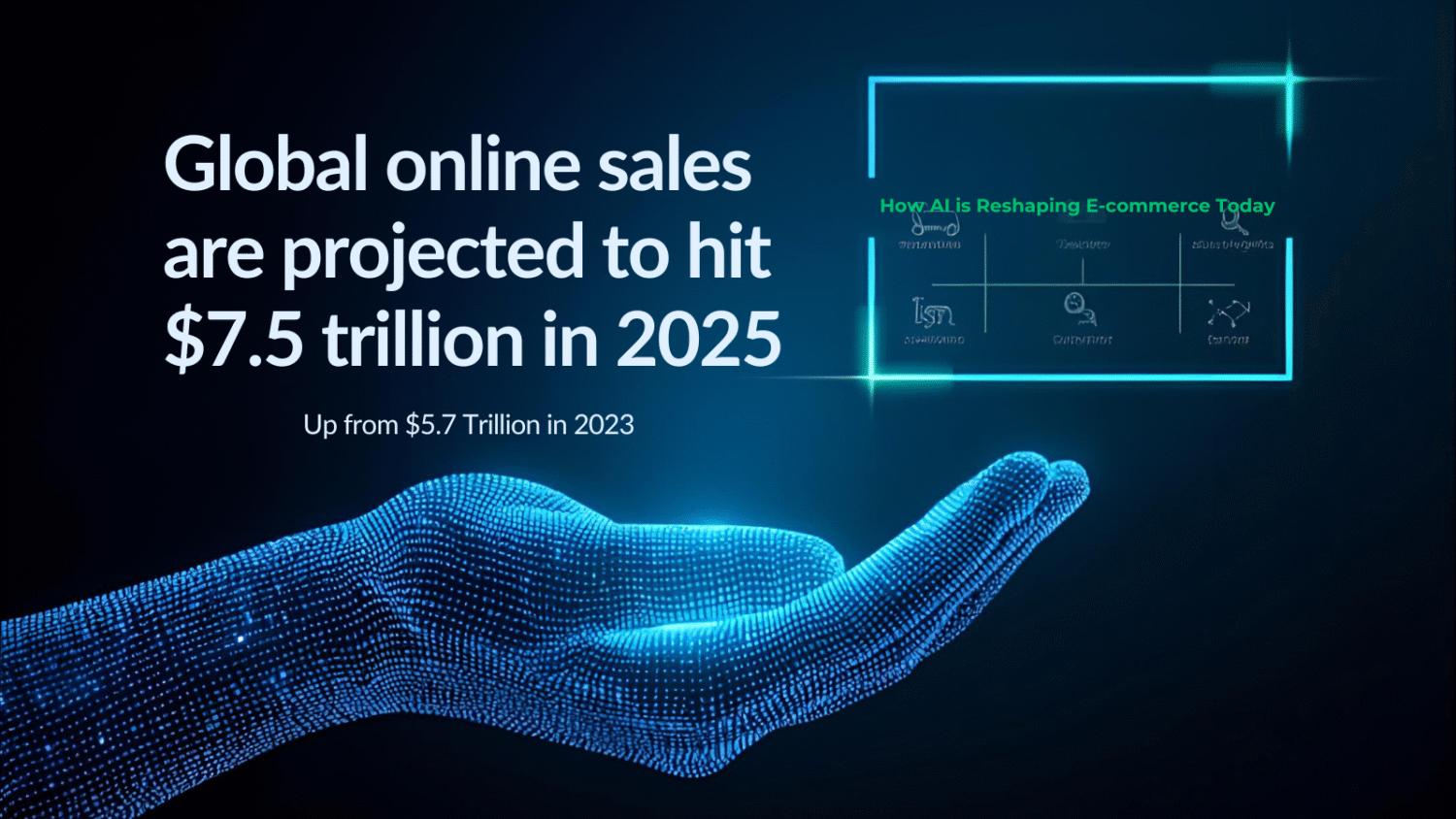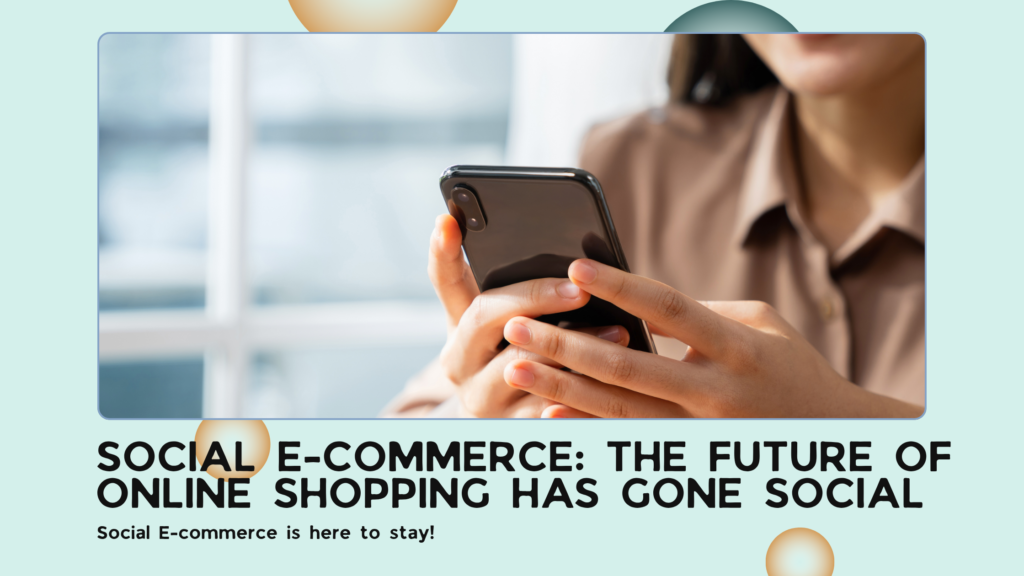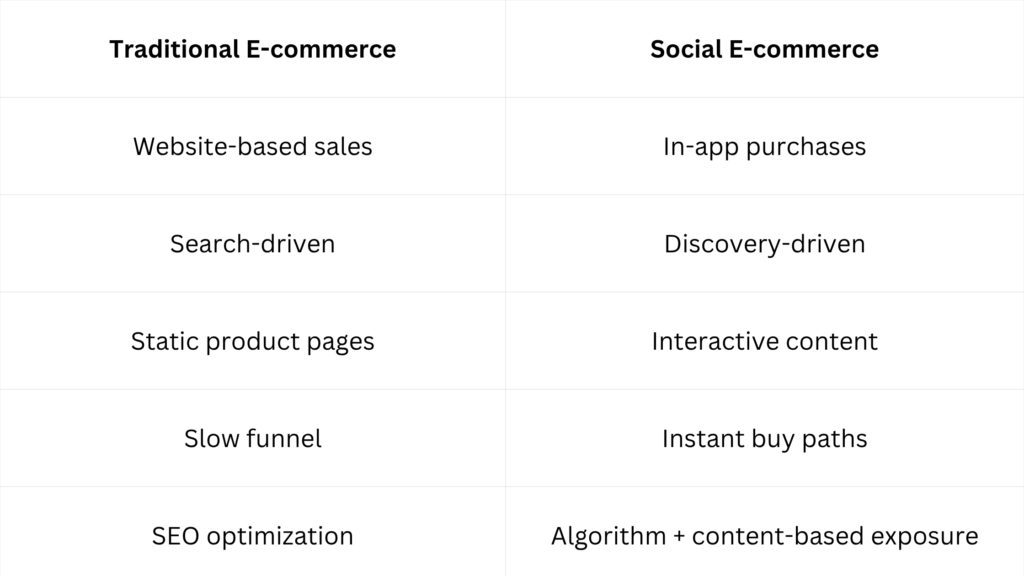2025 has been a defining year for beautypreneurs.
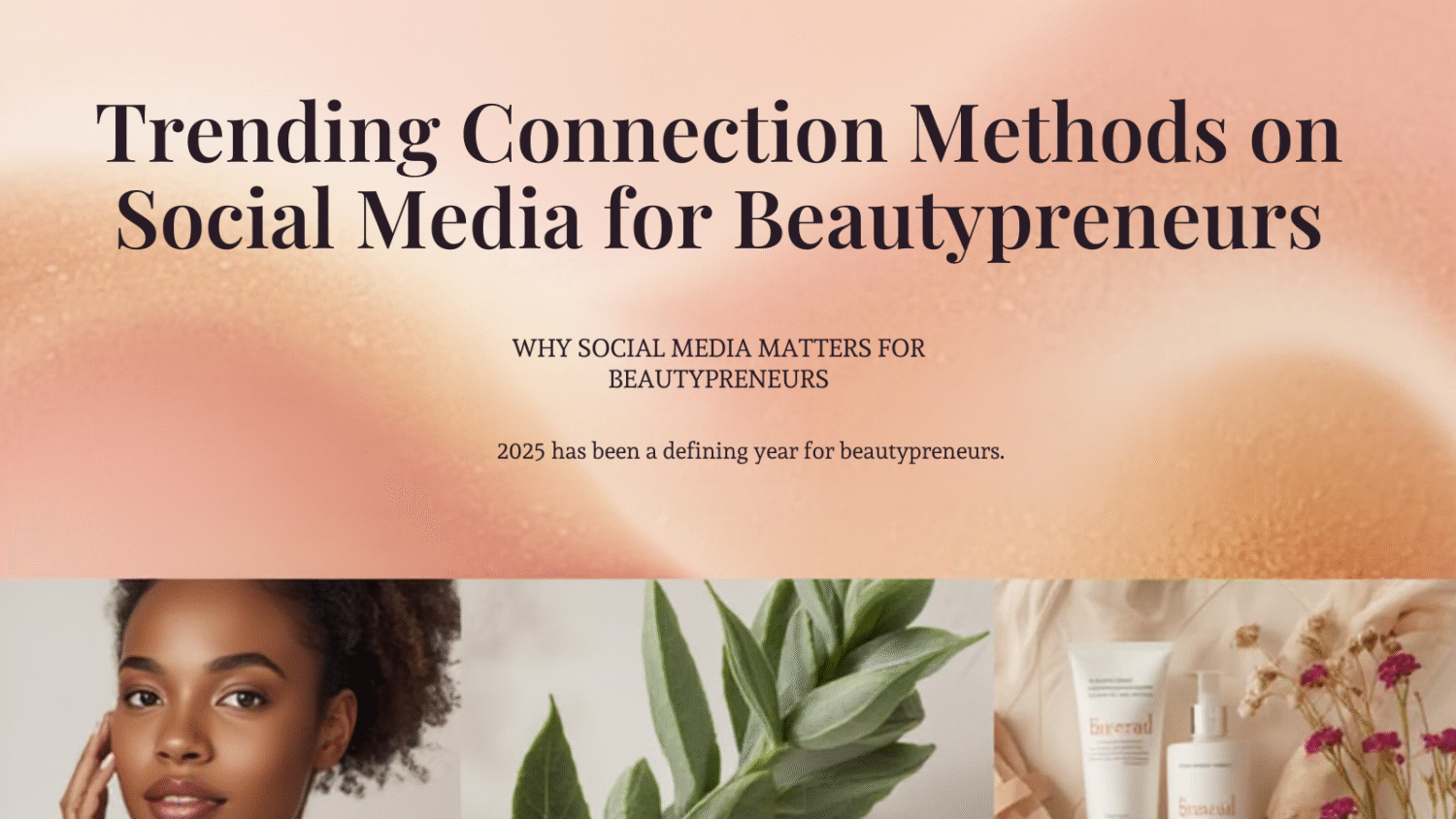
Social media didn’t just evolve—it reshaped how beauty brands connect, sell, and build trust.
What used to be about posting pretty photos is now about building real relationships.
As we close out the year, here’s what worked (and what’s still working) for beauty brands who stayed ahead of the scroll:
1. Facebook Groups Became Power Communities
Forget follower counts—community depth became the new growth metric.
Private Facebook Groups turned into micro-worlds where beautypreneurs share advice, swap ideas, and build loyalty one conversation at a time.
The strongest brands used these spaces to:
- Drop insider content and early access
- Host small-group Q&As and live tutorials
- Crowdsource ideas straight from their audience
In 2025, engagement didn’t happen on feeds—it happened in communities.
2. “Go Live” Energy Drove Connection (and Conversions)
If you didn’t go live this year, you probably felt it.
Beautypreneurs who embraced real-time video on TikTok, Instagram, or Facebook, saw higher engagement and faster trust-building than static content could ever deliver.
From behind-the-scenes prep to raw product demos, Live wasn’t just content—it was connection in motion.
3. Authentic UGC Outperformed Every Ad Format
2025’s biggest win? Real people. Real results.
Unfiltered selfies, client testimonials, and everyday stories outperformed brand-shot campaigns across every platform.
The takeaway:
Let your customers tell the story.
Their authenticity sells what no ad script ever could.
4. Micro-Influencers Took the Lead
Big names took a back seat this year.
Micro-influencers (10K–100K followers) brought back intimacy, honesty, and niche credibility.
They’re not promoting—they’re recommending.
And beautypreneurs who built long-term partnerships with these voices gained communities, not just exposure.
5. Short-Form Video Ruled Every Feed
Short, scroll-stopping videos dominated 2025.
Whether it was a 10-second brow transformation or a 15-second skincare hack—fast storytelling kept audiences glued.
TikTok, Reels, and Shorts became the discovery engines for beautypreneurs who stayed consistent and authentic.
Content Formats That Won in 2025
- Carousel Posts: Still a fan favorite for step-by-step looks and transformations.
- Polls & Stories: The go-to format for interactive connection and quick feedback.
- Behind-the-Scenes: Transparency trended hard, audiences love the real process.
- Shoppable Videos: Direct checkout from content? A beautypreneur’s dream.
- Mini Educational Series: Quick, bingeable learning built authority and loyalty.
What 2025 Taught Beautypreneurs
- Authenticity isn’t optional, it’s your growth strategy.
- Video is your strongest connector.
- Communities drive conversion more than followers.
- Customers are your best storytellers.
As 2025 wraps, one thing’s clear: The beauty brands that win aren’t the ones shouting the loudest—they’re the ones connecting the deepest.
So as you step into 2026, ask yourself— How can your brand be more human, more interactive, and more real online?
Looking to optimize your beauty brand’s digital presence? Start here
